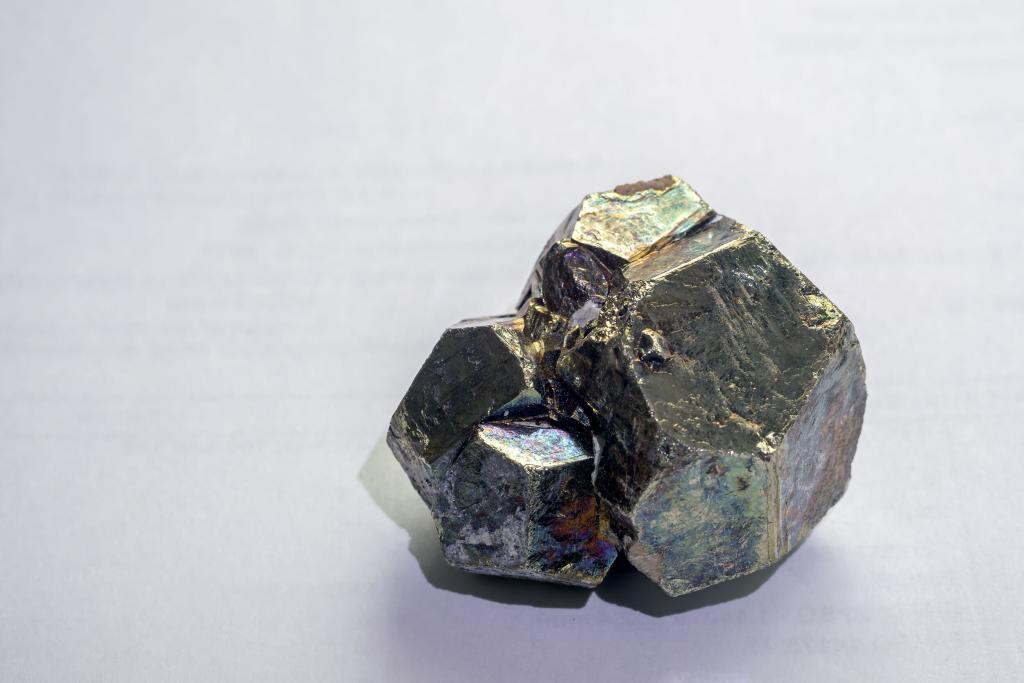
Canada releases federal Critical Minerals Strategy
On 9 December 2022, Jonathan Wilkinson, Minister of Natural Resources Canada, released the long-awaited federal Critical Minerals Strategy. The Strategy includes $3.8 billion that was previously allocated in Federal Budgets in 2021-2022.
Critical minerals and metals, such as lithium, cadmium, nickel, and cobalt, are essential components to items including wind turbines, electric cars, laptops, solar panels and rechargeable batteries. Uranium is also included on Natural Resources Canada’s critical minerals list.
Key goals of the critical minerals announcement include:
- Job creation and investments
- Indigenous reconciliation promotion of clean energy technologies to meet climate goals
- Diversity and gender equality
- Geopolitical considerations including working with allies to reduce dependency on China
The announced funding includes support for the exploration and development of critical mineral projects aimed at strengthening Canada’s critical mineral industry, increasing access to key minerals that support clean and electric vehicle and batteries production as well as minerals used in renewable energy technologies, and addressing reliance on China’s refining and processing capabilities.
China is the dominant player in critical mineral refining and processing, and in the manufacturing supply chain of battery cell components. But they do not produce much of the world’s critical minerals. Rather they heavily invest in oversea mines, including Canada, to acquire the raw materials they need.
Canada and its allies are urgently working to upend China’s dominance in the field and create a supply chain that relies on what are deemed more “stable” and “reliable” partners. For example, the Minister of Innovation Science and Economic Development recently overturned a number of investments made by China in the critical mineral sector on national security grounds. The US Department of Defence has also made Canadian critical mineral mining projects eligible for funding to promote a continental approach to building critical mineral capacity.
Funding includes:
- $1.5 billion for the Strategic Innovation Fund (SIF) to support critical minerals projects, with prioritization given to advanced manufacturing, processing, and recycling applications;
- $1.5 billion for infrastructure development for critical mineral supply chains, with a focus on priority deposits;
- $79.2 million for public geoscience and exploration to better identify and assess mineral deposits;
- 30% Critical Mineral Exploration Tax Credit for targeted critical minerals;
- $47.7 million for targeted upstream critical mineral R&D through Canada’s research labs;
- $144.4 million for critical mineral research and development, and the deployment of technologies and materials to support critical mineral development for upstream and midstream segments of the value chain;
- $40 million to support northern regulatory processes in reviewing and permitting critical minerals projects;
- $21.5 million to support the Critical Minerals Centre of Excellence (CMCE) to develop federal policies and programs on critical minerals and to assist project developers in navigating regulatory processes and federal support measures; and,
- $70 million for global partnerships to promote Canadian mining leadership, such as promoting ESG standards and supporting bilateral and multilateral critical mineral commitments
The Strategy outlines concrete measures to accelerate regulatory processes at the sub-national, national and international levels; to ensure meaningful and ongoing Indigenous partnership throughout the value chain; and to ensure that the Strategy is in line with Canada’s climate and nature protection goals.
For the Canadian nuclear industry:
- This strategy will enable the development of key critical mineral mines in Canada that will enable the growth of clean energy technologies.
- The Canadian mineral mining industry will ultimately require non-emitting energy for their operations that will further increase the demand for clean heat and electricity, for example from nuclear (SMRs and microreactors).
- It will also increase potentially demand for both large and small nuclear in resource development sectors and regions.
- It will enable further investments in Canada’s uranium sector
Media Contact
Natalie CutlerVice President, Communications & Member Engagement
communications@cna.ca



